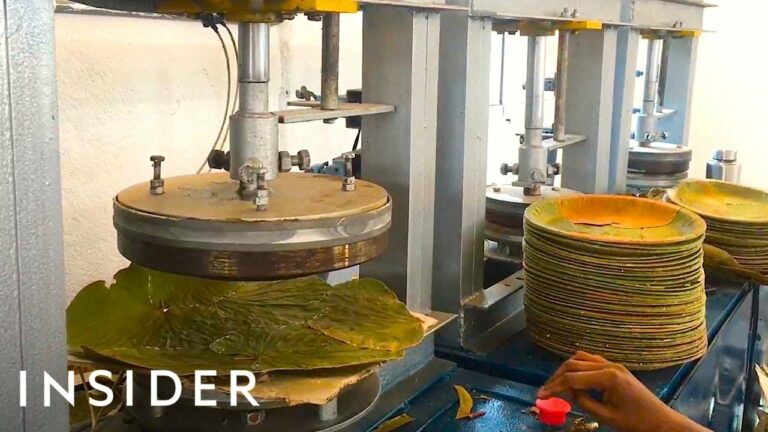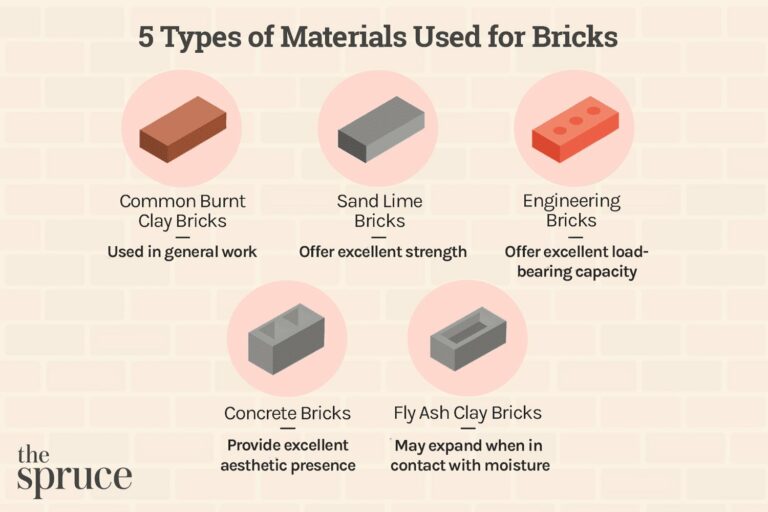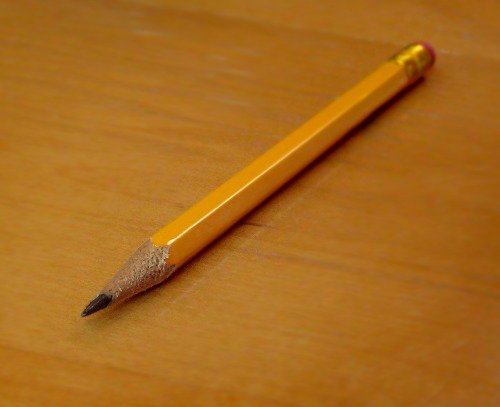How to Use Biodegradable Plant Pots: A Step-By-Step Guide
Looking to reduce your environmental footprint while enjoying the beauty of nature? Well, you’re in luck! Biodegradable plant pots offer a sustainable and eco-friendly solution for gardening enthusiasts. In this article, we will explore how to use biodegradable plant pots effectively and make your gardening experience even more rewarding.
Whether you’re a seasoned green thumb or just starting out, this guide will provide you with practical tips and techniques to help you embrace this eco-conscious gardening trend. So, let’s dive in and discover the wonders of using biodegradable plant pots!
How to Use Biodegradable Plant Pots:
Choose the Right Biodegradable Plant Pots
When selecting biodegradable plant pots, there are a few factors to consider. Here’s what you need to keep in mind:
- Material: Biodegradable pots are commonly made from coconut coir, rice husks, peat, wood pulp, or recycled paper. Choose the material that suits your gardening needs and preferences.
- Size and Shape: Consider the size and shape of the pots based on the type of plants you want to grow. Some plants require deeper pots for optimal root growth, while others thrive in shallower containers.
- Drainage Holes: Ensure that the pots have adequate drainage holes to prevent waterlogging and promote healthy root development.
Prepare the Biodegradable Pots for Planting
Before planting, it’s essential to prepare biodegradable pots to create a suitable environment for your plants. Follow these steps:
- Moisten the Pots: If the pots are dry, soak them in water for a few minutes to ensure they retain moisture and provide a conducive environment for seed germination.
- Add Potting Mix: Fill the pots with a high-quality potting mix, specifically formulated for your plants’ needs. This will provide essential nutrients and promote healthy growth.
- Prevent Root Bound: Gently loosen the root ball of your plant before placing it in the pot. This encourages the roots to spread out and prevents them from becoming tangled or bound by the pot walls.
Planting in Biodegradable Pots
Now that your pots are prepared, it’s time to start planting. Follow these guidelines for successful planting in biodegradable pots:
- Choose Appropriate Plants: Select plants that are suitable for the size and shape of your pots. Consider the amount of sunlight, soil moisture, and other environmental factors that your chosen plants require.
- Planting Depth: Place the plant in the pot, ensuring that the top of the root ball is level with the pot’s rim. Avoid planting too deep or too shallow, as it may affect the plant’s growth.
- Spacing: If you are planting multiple plants in one pot, make sure to provide enough spacing between them to allow for proper air circulation and prevent overcrowding.
4. Caring for Plants in Biodegradable Pots
Maintaining your plants in biodegradable pots requires some specific care considerations. Here’s how to ensure their well-being:
- Watering: Monitor the moisture levels in the pots regularly and water accordingly. Biodegradable pots might dry out more quickly than traditional pots, so water as needed to keep the soil consistently moist.
- Fertilizing: Depending on the type of plants you are growing, provide them with appropriate fertilizers or organic compost to supply essential nutrients for healthy growth.
- Protection from Extreme Temperatures: Biodegradable pots may be more susceptible to temperature fluctuations. Protect your plants from extreme heat or cold by moving them to a sheltered area or using mulch to insulate the pots.
- Transplanting: If your plants outgrow their biodegradable pots, it’s important to transplant them into larger containers or directly into your garden bed. Ensure minimal disruption to the roots during the transplanting process.
5. Disposing of Biodegradable Pots
One of the significant advantages of biodegradable pots is their environmentally-friendly disposal. Here are a few options:
- Composting: If your biodegradable pots are made from organic materials, you can add them to your compost pile. They will break down naturally and contribute to nutrient-rich compost for future gardening use.
- Recycling: Some biodegradable pots, such as those made from recycled paper or cardboard, can be recycled with other paper products. Check with your local recycling guidelines to ensure proper disposal.
- Direct Soil Incorporation: For pots made from materials like coconut coir or peat, you can directly incorporate them into your garden soil. Over time, they will decompose and enrich the soil structure.
6. Benefits of Using Biodegradable Plant Pots
Using biodegradable plant pots offers several advantages, both for your garden and the environment. Here are some key benefits to consider:
- Reduced Plastic Waste: By opting for biodegradable pots, you are minimizing the demand for plastic plant containers, positively impacting the environment.
- Improved Plant Health: Biodegradable pots allow roots to penetrate the pot walls, promoting healthier root growth and minimizing the risk of root-bound plants.
- Convenient Planting: Biodegradable pots simplify the planting process as they eliminate the need for transplanting. You can directly plant them in the ground, saving time and effort.
- Enhanced Soil Structure: Over time, biodegradable pots break down and contribute to improved soil structure, moisture retention, and nutrient availability.
Using biodegradable plant pots is a sustainable and environmentally-conscious choice that benefits both your garden and the planet. By following the guidelines outlined in this article, you can harness the advantages of biodegradable pots while decreasing your ecological footprint. Give them a try and enjoy the rewards of eco-friendly gardening practices!
Faqs for How to Use Biodegradable Plant Pots:
Biodegradable plant pots are suitable for a wide variety of plants, including flowers, vegetables, herbs, and small shrubs.
However, it is important to consider the specific requirements of each plant, such as sunlight, water, and temperature, before choosing a biodegradable pot.
Some plants may have specific needs that might not be compatible with certain types of biodegradable pots, so it’s essential to choose accordingly.
The time it takes for biodegradable plant pots to decompose can vary depending on various factors, such as the material used, environmental conditions, and the size of the pot.
In general, most biodegradable plant pots can decompose within a few months to a year. However, it’s important to note that certain types of biodegradable pots may take longer to break down fully.
While some biodegradable plant pots can be reused, it is essential to check the specific instructions provided by the manufacturer. Some pots may become too fragile or weakened after use, making them unsuitable for reuse.
However, if the pot is still in good condition, it can be cleaned, sterilized, and used again for a new plant. Remember to handle the pots with care to avoid any damage during the reuse process.
Biodegradable plant pots are generally not as durable as plastic pots. They are designed to be environmentally friendly and break down over time.
While biodegradable pots can withstand normal use, they may be more prone to damage from extreme weather conditions or mishandling.
It’s important to handle them carefully, ensuring they are not exposed to excessive moisture or harsh elements that might accelerate their decomposition process.
Final Thoughts
using biodegradable plant pots is a simple and effective way to promote sustainability in gardening. These eco-friendly alternatives to traditional plastic pots not only reduce waste but also provide numerous benefits for plants and the environment. By following a few simple steps, such as preparing the potting mix, planting the seed or seedling, and providing proper care, anyone can successfully use biodegradable plant pots.


